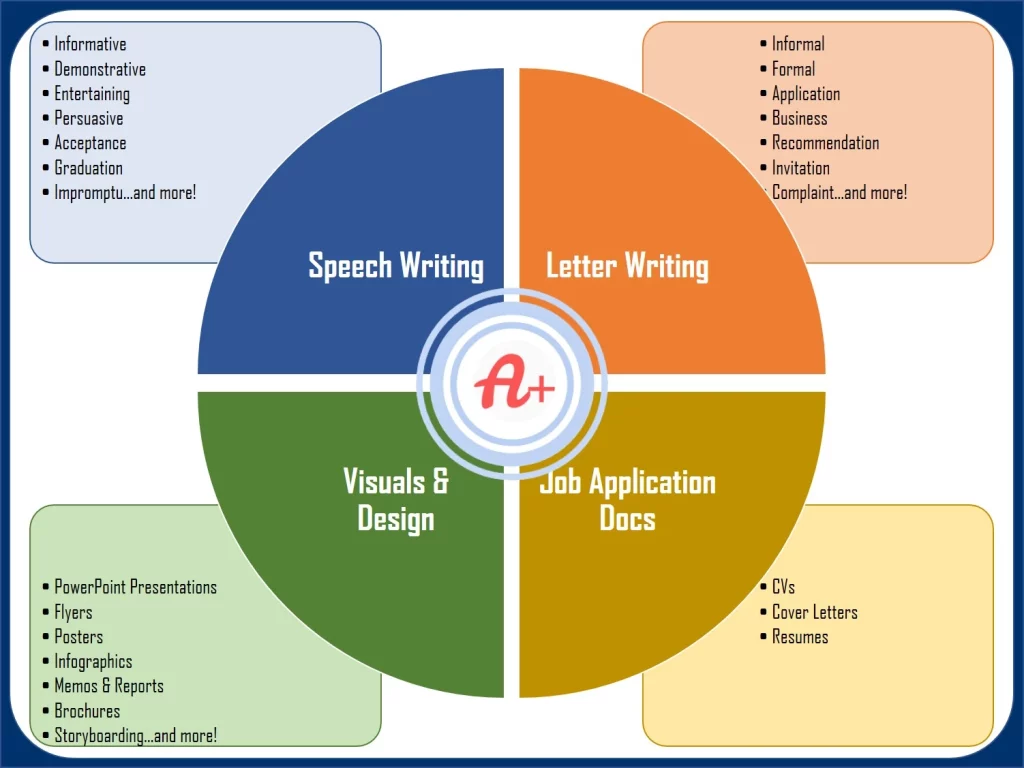Obtain a Quote and Place an Order Today!
Professional Assignment Help at a Fair Quote
- Discounts: Cheap quotes for longer deadlines!
- Pay in Installments: Up to 4 installments!
- Subject-Specific Assistance: Obtain customized help for each unit!
- Expertise in the Subject: Qualifications by specialty!
- Teaching Experience: Clear understanding of syllabus, core objectives, & rubric!
- Proven Track Record: Check out writer bio – ratings & reviews stats!
- Personalized 24/7 Support: Direct one-on-one communication with your tutor!
- Rehire Tutor: Ask for your previous assignment helper by writer#ID!
Benefits of Hiring an Assignment Helper
Hiring an assignment helper offers several benefits for students who are facing challenges or seeking to optimize their academic performance. Here are some reasons why you should consider hiring our assignment helpers:
✍ Persuasive Writing & Design Assignments Help Services
Speech Writing Help
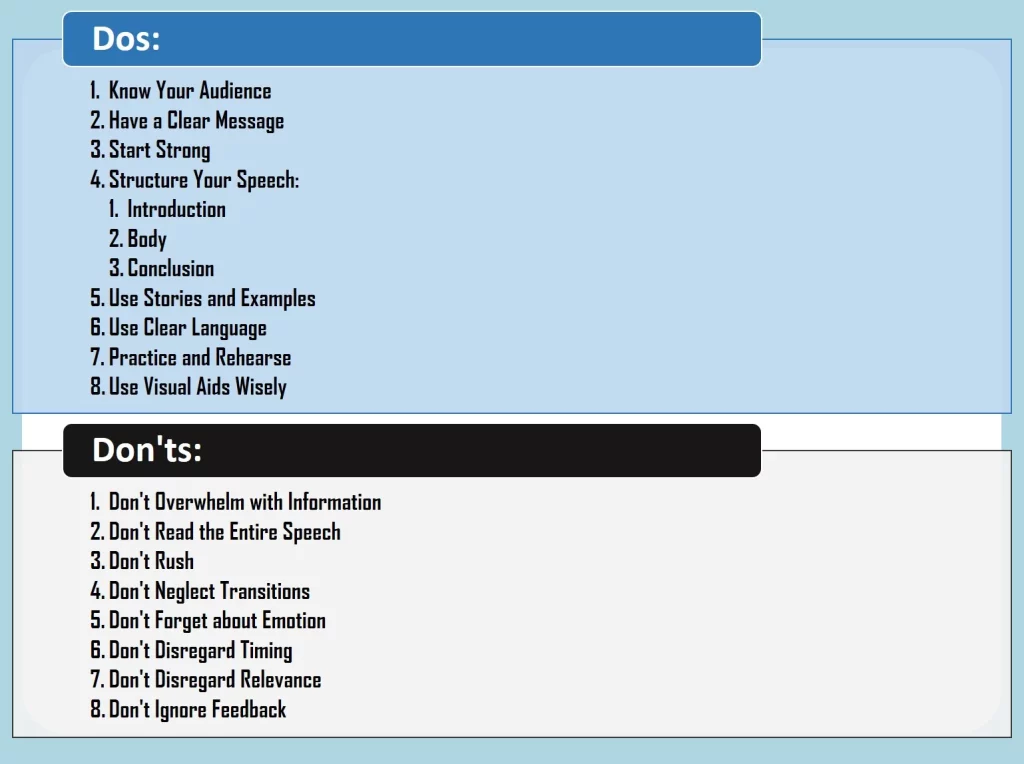
Here is a breakdown of what our expert speech writers can help you with:
- Informative Speech: Focuses on providing the audience with valuable and factual information about a specific topic, aiming to educate, explain, or clarify. The goal is to enhance the audience’s understanding.
- Persuasive Speech: Aims to convince the audience to adopt or support a particular viewpoint, belief, or action. It often involves presenting arguments, evidence, and emotional appeals to sway the audience’s opinion.
- Demonstrative Speech: Involves showing the audience how to do something or how a process works. It often includes practical demonstrations and step-by-step instructions.
- Entertaining Speech: Primarily aims to entertain the audience, often through humor, storytelling, and engaging anecdotes. While entertainment is the primary goal, there may also be a underlying message or lesson.
- Motivational Speech: Designed to inspire and uplift the audience, providing encouragement, motivation, and a sense of purpose. Motivational speeches often draw on personal experiences and anecdotes.
- Commencement or Graduation Speech: Delivered at a graduation ceremony, this speech celebrates the achievements of the graduating class, offers advice, and reflects on the journey ahead.
- Acceptance Speech: Given by someone who has received an award, recognition, or honor. It typically expresses gratitude, acknowledges supporters, and often conveys the recipient’s values or beliefs.
- Farewell or Retirement Speech: Delivered by someone leaving a position, workplace, or community. It may reflect on experiences, express appreciation, and offer well-wishes.
- Debate Speech: Part of a formal debate, where participants present arguments and counterarguments on a specific topic. The goal is to persuade the audience and win the debate.
- Eulogy: Delivered at a funeral or memorial service, a eulogy honors and pays tribute to the life and character of the deceased person. It often includes anecdotes, memories, and reflections.
- Keynote Address: Usually the main speech at an event or conference, setting the tone and theme for the occasion. It often highlights significant ideas, trends, or challenges relevant to the audience.
- Impromptu Speech: Given without prior preparation or planning, often requiring the speaker to think on their feet and respond quickly to a given topic or prompt.
- Tribute Speech: Similar to an eulogy, a tribute speech honors and celebrates an individual, group, event, or concept. It can be used to commemorate achievements, milestones, or contributions
Remember that an excellent speech is not just about the words on paper; it’s also about how those words are communicated. Practice, confidence, and a genuine passion for your topic will contribute to a successful and impactful speech.
Letter Writing Help
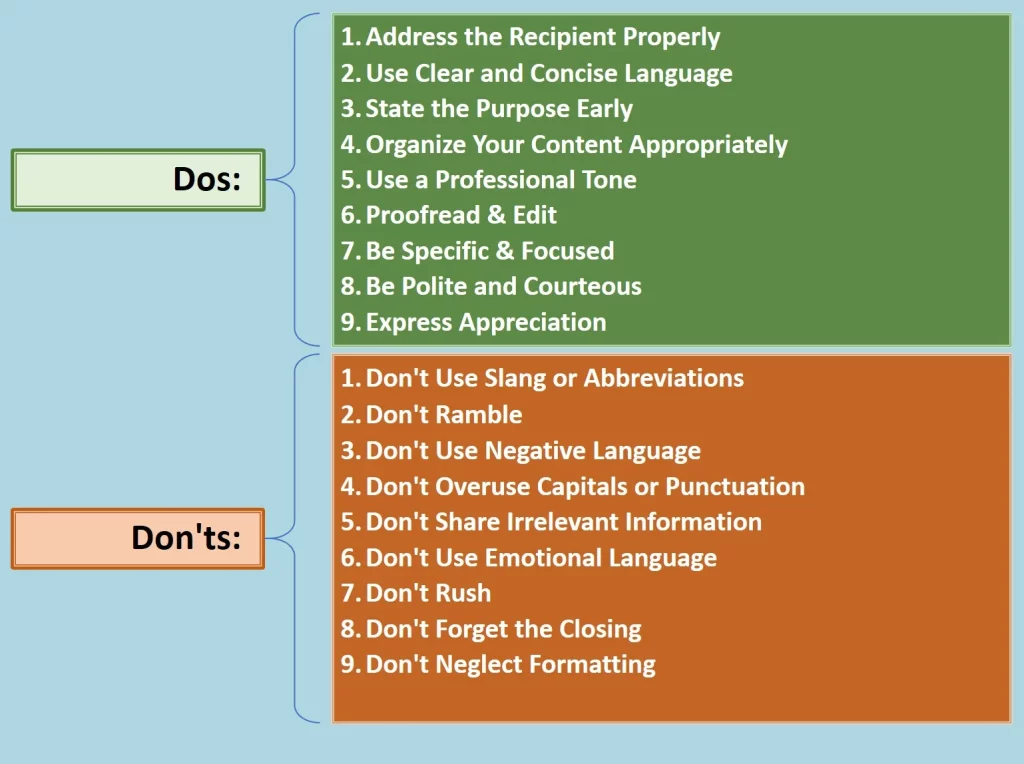
Here is a breakdown of what our professional letters writers can help you with:
- Formal Letters: These are official and structured letters used in professional or formal settings. They often follow a specific format and tone, used for communication with authorities, organizations, or individuals in a formal capacity.
- Informal Letters: More casual and personal letters exchanged between friends, family members, or acquaintances. They allow for a more relaxed tone and often include personal anecdotes and updates.
- Application Letters: Used to apply for a job, admission to an educational institution, or other opportunities. They highlight the applicant’s qualifications, experiences, and motivations.
- Argumentative Letters: These letters present a well-reasoned argument or viewpoint on a particular issue. They are meant to persuade the recipient to consider the writer’s perspective.
- Rogerian Letters: A type of persuasive letter that seeks to find common ground or understanding between differing viewpoints, often using empathy and compromise.
- Business Letters: Used for official business communication between organizations or individuals. They cover various topics such as inquiries, orders, proposals, and more.
- Recommendation Letters: Written to endorse and support someone’s qualifications, skills, or character, often used for job applications, academic admissions, or awards.
- Resignation Letters: Formal notification to an employer announcing an employee’s decision to leave a job position. It usually includes gratitude, transition plans, and a notice period.
- Thank You Letters: Express gratitude and appreciation to individuals or organizations for their assistance, support, or gifts.
- Invitation Letters: Used to invite someone to an event, occasion, or gathering. They provide details about the event, date, time, and location.
- Condolence Letters: Sent to express sympathy and offer condolences to someone who has experienced a loss or bereavement.
- Love Letters: Express romantic feelings and affection to a loved one. They often convey personal emotions, memories, and promises.
- Apology Letters: Used to express sincere regret and ask for forgiveness after a mistake or offense. They show accountability and a willingness to make amends.
- Query Letters: Sent to literary agents, publishers, or editors to propose a writing project, such as a book manuscript or article idea.
- Complaint Letters: Written to express dissatisfaction with a product, service, or situation, and seek resolution or compensation.
- Cover Letters for Proposals: Accompany business or project proposals to introduce and contextualize the proposal’s content, purpose, and relevance.
Remember that a well-written letter reflects not only the content but also your communication skills and professionalism. Tailor your letter to the intended audience, purpose, and context, and always consider the impression you want to leave with the recipient.
Cover Letters, CVs, & Resumes Help
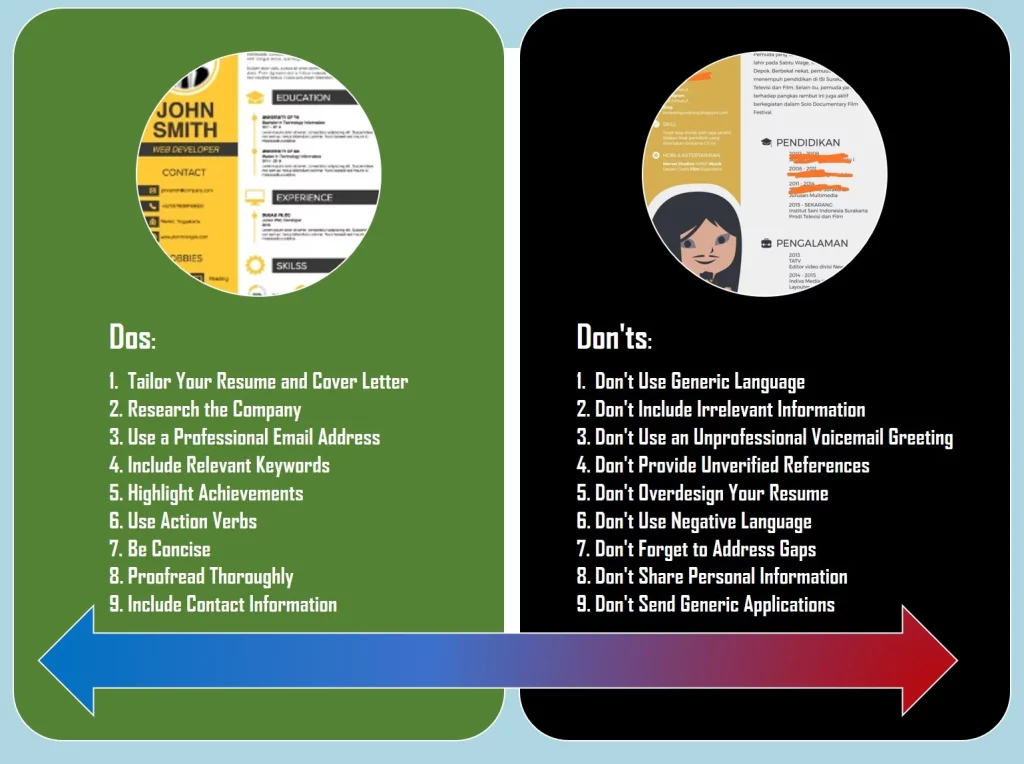
Here are the key characteristics to consider when creating these documents:
- Clarity and Conciseness:
- Tailoring to the Job:
- Professional Appearance:
- Contact Information:
- Strong Opening:
- Achievements and Quantifiable Results:
- Relevant Keywords:
- Skills and Qualifications:
- Work Experience:
- Education and Credentials:
- References (Optional):
- Proofreading and Editing:
- Honesty and Authenticity:
- Readability and Organization:
- Strong Closing:
Here is a breakdown of what our expert job application documents writers can help you with:
- Cover Letter: A cover letter is a formal letter that accompanies a CV or resume when applying for a job. It introduces the applicant to the employer, explains the applicant’s interest in the position, highlights key qualifications and experiences relevant to the job, and invites the employer to review the attached CV or resume.
- CV (Curriculum Vitae): A CV is a comprehensive document that provides an in-depth overview of an individual’s educational background, work history, skills, accomplishments, research, and publications. It is commonly used in academic, research, and scientific fields and is more extensive than a resume. A CV may include sections such as education, research experience, publications, conferences, awards, and affiliations.
- Resume: A resume is a concise document that outlines an individual’s relevant work experience, skills, education, and achievements. Resumes are typically used in non-academic and non-scientific job applications and are often tailored to specific job positions. They emphasize the most relevant qualifications for the targeted job and are usually shorter than CVs.
While the terms “cover letter,” “CV,” and “resume” are commonly used, it’s important to note that terminology can vary based on geographic location and industry. As highlighted above, effective job application documents, such as cover letters, CVs, and resumes, share several key characteristics that help present your qualifications and experiences in a compelling and professional manner. It’s crucial to understand the expectations of your target job market and tailor your application documents accordingly.
Visuals and Design Assignments Help
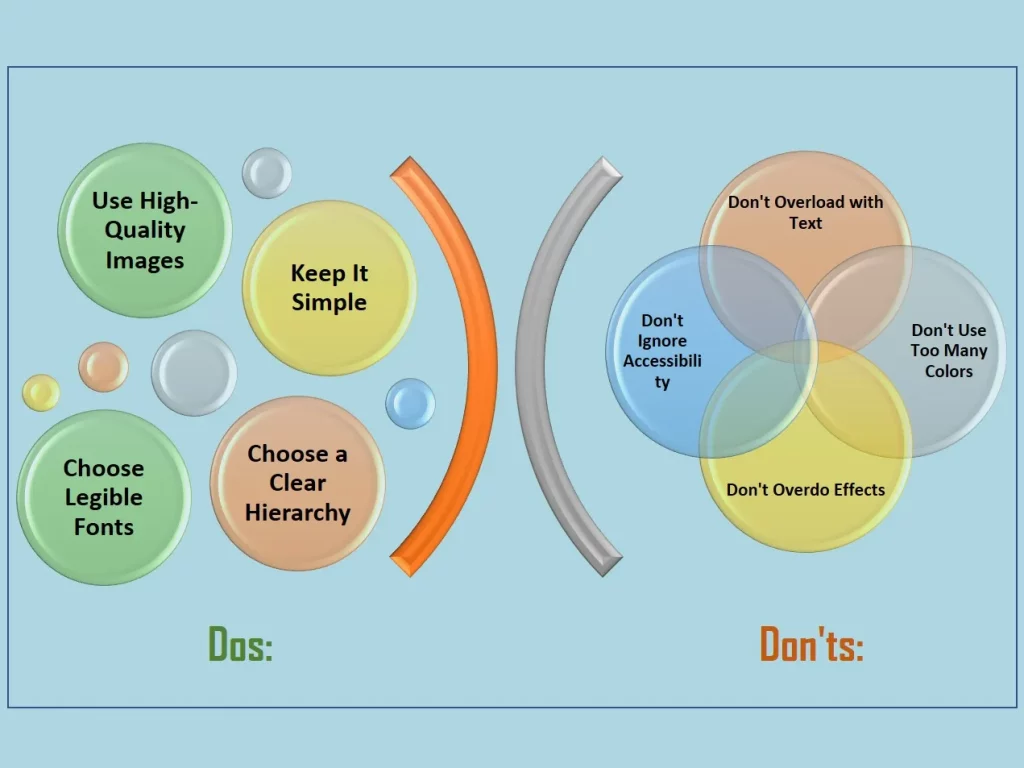
Here is a breakdown of what our professional visuals and design assignments helpers can do for you:
- PowerPoint Presentations (PPTs): These are slide-based presentations created using software like Microsoft PowerPoint. PPTs combine text, images, graphics, and multimedia to deliver information in a structured and engaging manner. They are commonly used for educational, business, or informational purposes, such as lectures, business proposals, or conference presentations.
- Posters: Posters are visual displays that combine text and images to convey information succinctly. They are often used for advertising, presentations, events, or educational purposes. Effective posters use a clear layout, eye-catching visuals, and concise text to capture the viewer’s attention and communicate key messages.
- Infographics: Infographics are visual representations of data, statistics, or complex concepts. They use a combination of icons, images, charts, and text to present information in a visually appealing and easily understandable format. Infographics are commonly shared on social media, websites, and presentations to make information more accessible.
- Charts and Graphs: Charts and graphs are visual representations of data that help illustrate patterns, trends, and relationships. They are commonly used in reports, presentations, and academic papers to enhance the understanding of numerical information. Examples include bar graphs, line charts, pie charts, and scatter plots.
- Memos: Memos, short for memorandums, are brief written communications within an organization. While not always highly visual, memos can benefit from design elements like headings, bullet points, and formatting to make them more reader-friendly and organized.
- Reports: Reports are comprehensive documents that present detailed information, analysis, and findings on a specific topic. Visual elements such as tables, charts, graphs, and images can be used to enhance the clarity and impact of the information presented. Visual design is crucial to ensure the report is easy to navigate and understand.
- Brochures: Brochures are folded printed materials used for marketing and informational purposes. They often include text, images, and graphics to promote a product, service, or event.
- Interactive Media: These assignments involve creating interactive digital content, such as interactive websites, quizzes, multimedia presentations, or simulations. They engage users by allowing them to interact with the content and make choices.
- Advertisements: Designing advertisements involves creating visual content for print, online, or broadcast media to promote a product, service, or brand. Advertisements use persuasive visuals and text to capture the audience’s attention and encourage action.
- Storyboarding: Storyboarding is the visual planning of narratives, such as for films, animations, or multimedia projects. It involves sketching or illustrating scenes to outline the sequence of events and guide the production process.
In all of these types of assignments, effective visual design involves considering factors such as layout, color scheme, typography, imagery, and overall coherence. Visuals should complement the content, make it more engaging, and help convey complex information efficiently. It’s important to strike a balance between aesthetics and functionality, ensuring that the visual elements enhance the communication of the intended message.

